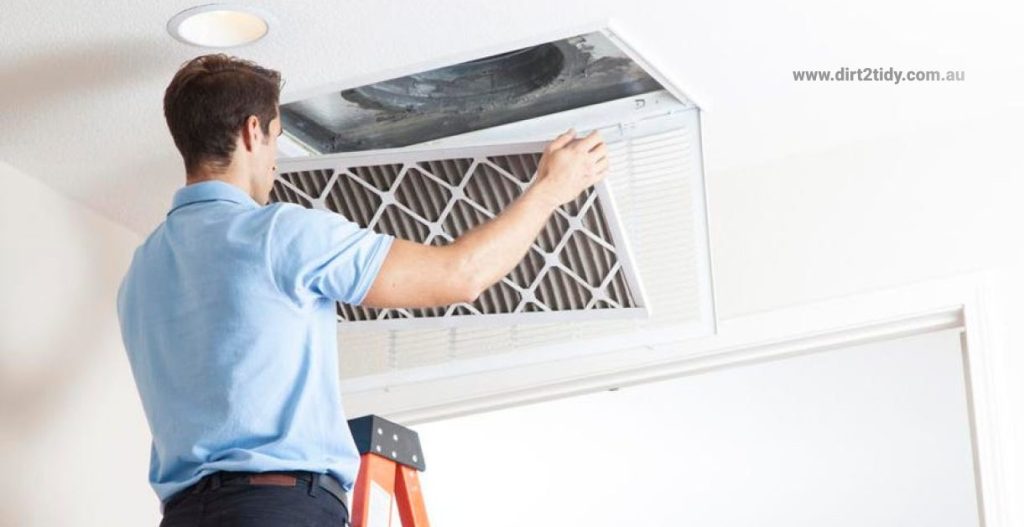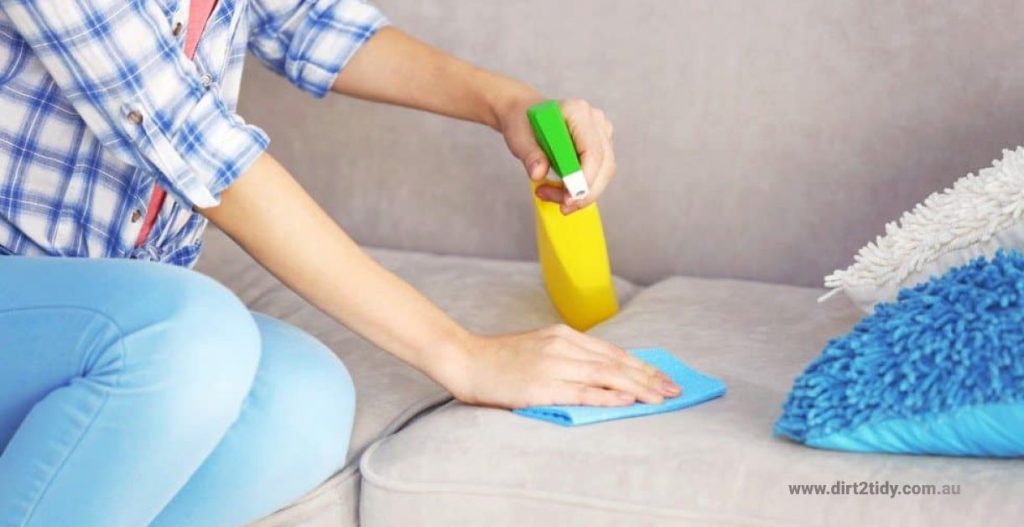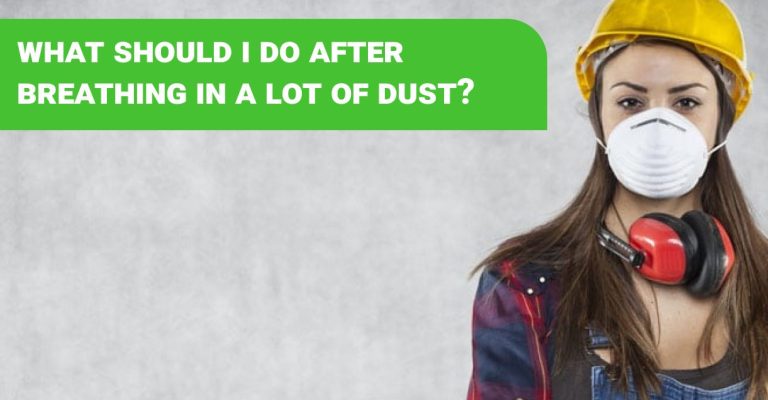A fire is one of the worst tragedies that may happen to a home since it damages structural components and household objects quickly and irreversibly and causes additional problems such as possible water damage due to the fire-fighting efforts, harmful soot pollution, unhealthy smoke levels, etc.
Even if the fire was minor and controlled, its consequences might cause property damage and threaten residents’ safety, so you should completely remove all the burned furniture and things.
Smoke odor is one of the most prevalent negative effects of a fire. It can remain in a home for a long time, impairing indoor air quality and causing health risks to residents. In the case of a house fire or adjacent wildfire, you must make every feasible effort to remove the smoke smell from your property and deep clean all surfaces with a cleaning solution.
Remove smoke odor
Fire smoke smell is difficult to remove. When fire smoke enters a home, small smoke particles attach to all surfaces and lodge in porous materials, including carpets, furniture, textiles, books, and paint.
Often, removing them takes specialist cleaning equipment and cleaning products from damage restoration cleaners, especially for carpets and upholstery.
Burns
Several effective measures can minimize smoke particles in an affected region, but whether they will be adequate to restore fresh and safe living conditions in your house relies on several aspects.
Fire-size
Larger flames emit more smoke, hence the ensuing smoke smell is stronger;
Duration
The longer a home has been exposed to smoke, the deeper the stench penetrates.
Combustibles
Various materials burn with different smells. Others are hard to remove (such as the smell from burning synthetic or plastic materials, for example).
Try all established DIY smoke odor elimination procedures after a fire to determine if the results are adequate. If not (or if you don’t have the time and energy), call smoke odor elimination services.

Types of Soot and Their Impact on Cleaning
Soot from fires isn’t all the same, and the type you’re dealing with can dramatically change your cleanup strategy.
- Dry Soot
Dry soot usually comes from high-temperature, fast-burning fires involving natural materials like wood or paper. This kind of soot tends to be powdery and easier to clean—often, you can use a vacuum, dry sponge, or mild detergent to start tackling the mess on surfaces. - Oily Soot
On the other hand, oily (or wet) soot is left behind when plastics, rubber, or synthetic materials burn at lower temperatures. Oily soot is sticky, smears easily, and clings stubbornly to walls, ceilings, and fabrics. Cleaning it requires extra caution; using the wrong method or chemicals can cause stains to set or damage surfaces. You may need specialized cleaning agents (like degreasers or dry-cleaning solvents), and sometimes even professional restoration equipment, to successfully banish oily soot.
If you’re uncertain about the type of soot you’re facing, or if DIY efforts aren’t cutting it, it’s wise to reach out for professional advice to prevent lasting stains or further damage.
Is it safe to eat food exposed to fire smoke?
It’s important to exercise caution with any food that’s been exposed to fire smoke. While some items may look unharmed, invisible contaminants like soot, toxins, and chemicals can settle onto food during a fire. Consuming food tainted in this way can pose health risks—even if it was properly packaged or appears untouched.
This goes for all edibles, including pet food. If food was sitting out, stored in opened containers, or housed in permeable packaging like cardboard or plastic bags, it’s best to err on the side of safety and discard it.
If you’re ever in doubt, remember: it’s safer to throw away questionable food than risk exposure to potentially hazardous residues left behind by smoke.
How to remove smoke smell after a fire?
Ventilate
- First, ventilate the home. Open all doors and windows to bring fresh air in (remove screens for optimal airflow). Place fans strategically throughout the home to “push” odours out the entrances and windows.
- If the smoke smell is strong and widespread, you may need to blast out your home with positive pressure.
- Set up a huge fan outside your home’s entryway, looking inwards;
- Turn on the fan and close all other doors and windows, leaving one window open for exhaust. This will blast fresh air into the room with the open window and push away any leftover smoke and stench;
- After blowing out the room for 15 minutes, close the window and door and open another window.
- Repeat until all your rooms are aired out.
- Fresh air will help minimize the smoke smell in your home, but to totally eradicate it, clean any smoke-affected goods and surfaces.
Housecleaning
To remove the smoke smell after a fire, clean everywhere. Curtains, area rugs, furniture coverings, ornamental cushions, duvets, blankets, and other fabric items should be removed and cleaned.
Smoke-exposed garments, towels, and linens must be washed. Keep clean fabrics outdoors until the house is smoke-free otherwise they may soak up the smell again.
Clean windows, screens, and shades
Wash windowpanes to restore transparency and luster, but focus on frames, sills, and blinds (smoke residue sticks mainly to them, not to the glass). Cleaning plastic blinds with white vinegar and hot water and wooden blinds using wood-friendly solutions.
Also clean window screens. Use dish soap or shampoo to clean the mesh. Rinse the screens with lukewarm water and air-dry them. Wash the filter if you utilized an exhaust fan to air out your home.
Dish soap, white vinegar, and warm water clean solid surfaces
Wipe walls and ceilings, doors and doorframes, baseboards, cupboards (inside and out), shelves, and furniture. Also clean light switches and fixtures.
Mop uncarpeted floors with the same solution. After each pass, rinse the mop. Otherwise, smoke will float in the mop bucket and return to the floor.

Dirt2Tidy specialist cleaning chemicals to remove smoke odor from furniture. Buy a suitable cleaner and follow the instructions. After washing, dry the furniture outside on a sunny, breezy day. The fresh air will help completely eliminate any persistent odors.
Clean upholstery and carpets
Smoke particles sink deep in upholstery and carpet fibers, making odor removal difficult.
Sprinkle baking soda over upholstery and/or carpet, let it sit for several hours (or a day) to absorb the smoke smell, then vacuum. Use a HEPA-filtered vacuum to prevent smoke from reentering the room.
Steam cleaning is more effective, but it can harm sensitive fabrics like leather furniture and silk carpets. Leave this work to the pros.
Using expert upholstery and carpet cleaning services after a house fire is the safest and most effective alternative.
Effectiveness of Common Smoke Odor Absorbers
How well do baking soda, activated charcoal, vinegar, and air purifiers work against stubborn smoke odors? Each method can help, but results vary and none are a silver bullet—especially after a fire.
- Baking Soda: This pantry staple excels at absorbing lingering smells. Scatter it over carpets or soft furnishings, or leave bowls in smoke-affected rooms to trap odors. While effective for mild or surface-level smoke, it won’t reach ingrained smells in walls or deep upholstery.
- Activated Charcoal: Known for its powerful adsorption abilities, activated charcoal (available in bags or granules) draws odors from the air. Like baking soda, it shines for surface-level odor but may struggle with heavy or deep-seated smoke contamination.
- Vinegar: White vinegar counteracts odorous molecules in the air. Place shallow bowls of vinegar around the home or simmer it gently on the stove to neutralize lighter smoke smells. Just be cautious not to overheat—the smell of burnt vinegar is its own problem!
- Air Purifiers: Air purifiers equipped with HEPA and carbon filters (such as those from brands like Dyson, Blueair, or Honeywell) can capture smoke particulates and reduce odors lingering in the air. They’re quite effective in individual rooms but won’t remove what has seeped into fabrics, drywall, or vents.
Keep in mind: These remedies work best for freshening up areas with light smoke exposure or during ongoing odor removal efforts. For severe or stubborn smells, professional-grade cleaning or restoration is likely necessary to restore your home’s air quality.
HVAC cleaning
Finally, maintain the HVAC system. Smoke may contaminate ductwork and ventilation systems, affecting indoor air quality. As soon as possible after the fire, change the air conditioning filters and any additional air filters and furnace filters and have the HVAC system evaluated for damage.
Air duct cleaning may be needed to ensure appropriate indoor air quality. Clean air ducts. Using air purifiers and spreading bowls of vinegar, ground coffee, or activated charcoal around the house can also assist. These methods just cover the stench, not eliminate it using scented candles or spray deodorizers has the same effect.
Do not clean soot-covered objects yourself. Trust a professional to prevent future damage. If the smoke smell continues after cleaning, you may need to replace various home goods and/or materials (such as blinds, carpets, paint, etc.)

Paint Walls
If the paint maintains the smoky odor, you’ll need to repaint to remove the terrible scent after a fire.
Wash walls with ammonia or glycol. Both substances are very effective when it comes to neutralizing unpleasant smells. Rinse and dry walls; Apply an odor-blocking primer Paint using latex. If the problem persists or you’re not up to the challenge, call the pros.
Smoke odor removal professionals
Professionals have the knowledge and modern equipment nano filters, air scrubbers, ozone generators, hydroxyl technology, etc to eliminate smoke odour after a fire. They’ll utilise safe and effective odour elimination procedures and cleaning chemicals. Your home will smell fresh again, and you’ll forget about the fire.
How much does it cost to have smoke odor professionally removed?
Professional smoke odor removal costs can range significantly, depending on the size of your home, the severity of the smoke damage, and the types of cleaning required. As a rough guideline, you might expect to pay anywhere from $200 to $1,000 for smaller spaces or minor incidents, while larger homes or those with extensive damage could see costs topping several thousand dollars.
Factors influencing the price include:
- Extent of smoke penetration: Heavily affected homes, or those with lingering odors in structural elements (like walls and subfloors), may require more intensive cleaning.
- Specialized treatments: The need for ozone treatments, air scrubbers, deep carpet and upholstery cleaning, or removal and replacement of materials can increase costs.
- Square footage: Larger spaces generally require more time and resources to treat thoroughly.
The best approach is to request an assessment from a reputable disaster restoration company. They can inspect the damage, explain recommended procedures, and provide a detailed estimate. Always clarify which services are included—odor elimination, air quality restoration, and whether fire damage repairs are necessary. This ensures you understand the scope and expected results of the work before committing.





